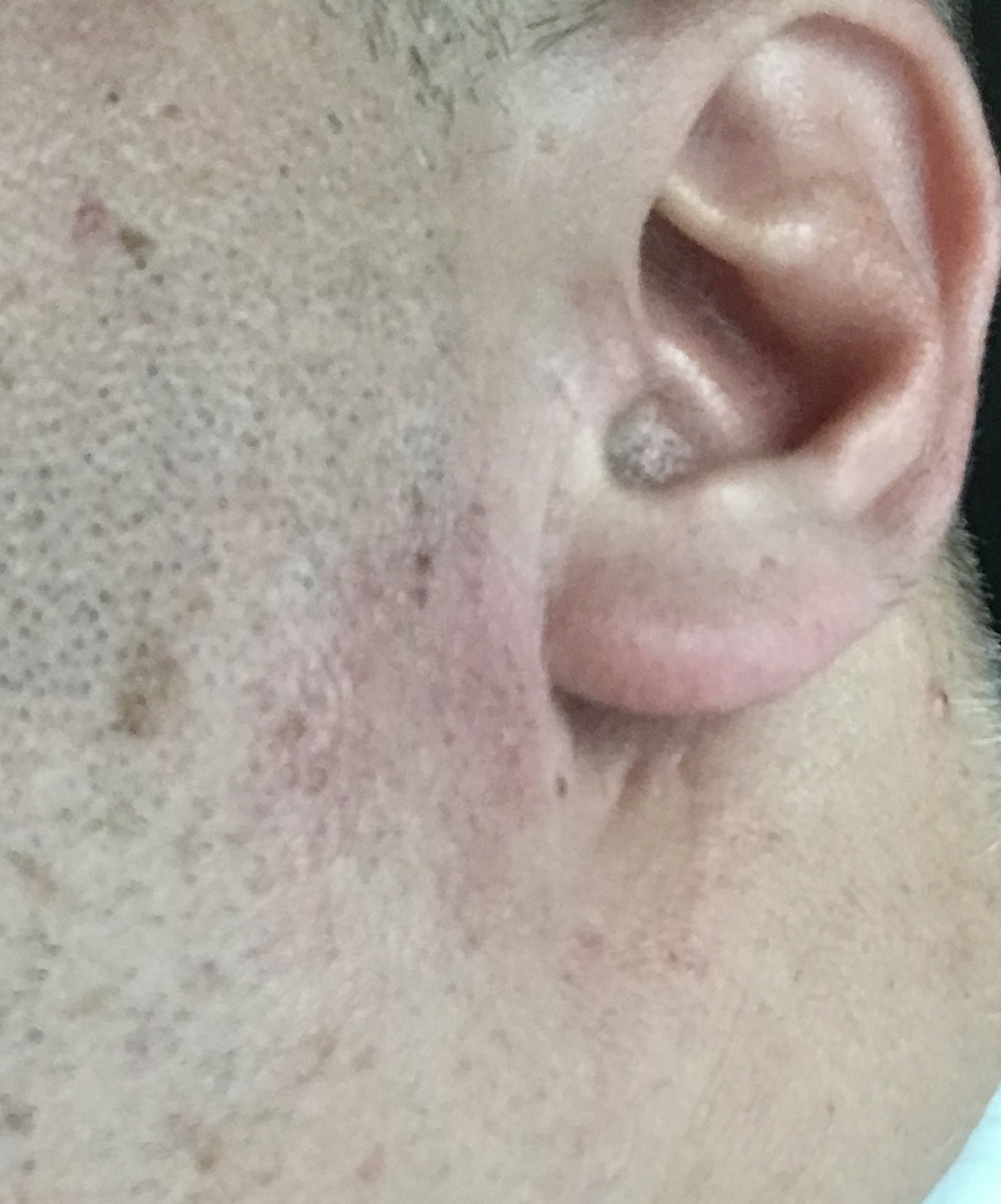
Down syndrome is a type of genetic disorder also known under the name trisomy 21. The former name illustrates the exact type of chromosomal defect that occurs in these patients. As any other chromosome anomaly, trisomy 21 is caused by errors in cell division. These errors can be numerical or structural. Trisomy 21 is a type of numerical disorder characterized by an abnormal number of chromosomes. As a word suggests, trisomy occurs when there is more than two chromosomes in a pair – three of them instead of two. Down syndrome is caused by a numerical abnormality of chromosome 21. People affected with this condition have extra genetic material on chromosome 21, and a total of 47 instead of 46 chromosomes.
Incidence and risk factors
It is estimated that Down syndrome occurs in one per 733 live births. However, Down syndrome is statistically more common with older patients, especially with older mothers. Father’s age is also one of the major risk factors for Down syndrome, but the exact mechanism of influence has not yet been defined. This probably happens as a result of increased mutagenic exposures upon some older parents' reproductive cells. The risk of having a baby with Down syndrome increases with advancing maternal age. The risk is lowest in young women, 1 in 910 live births at age 30, and it climbs to 1 in 28 live births at age 45. However, more than 80% of all children with Down syndrome are born by younger mothers. This is occurs because younger women have far more babies.
Signs and symptoms of Down syndrome
Most of the signs and symptoms of Down syndrome are present even at birth. However, it may take some time before the child shows all signs of cognitive and developmental disability. People affected by Down syndrome are born with mild to severe intellectual disability. Most of them are having an IQ between 50–70. They often have difficulties in understanding and expressing speech, fine motor skills delay and stunned growth.
A baby with Down syndrome is usually recognized by distinct facial features. These children have almond shaped eyes, white spots in their iris, small and flat nose, small mouth with protruding tongue, and unusually small ears. Most of the individuals will have a round face with distinctive flat profile, while some of them may also have crease across the palms of their hands, short hands and fingers, and atypical fingerprints.
Unfortunately, many sufferers from Down syndrome also have various medical problems such as congenital heart disease, thyroid and gastrointestinal disorders, problems with hearing and vision, etc.

















Your thoughts on this
Loading...